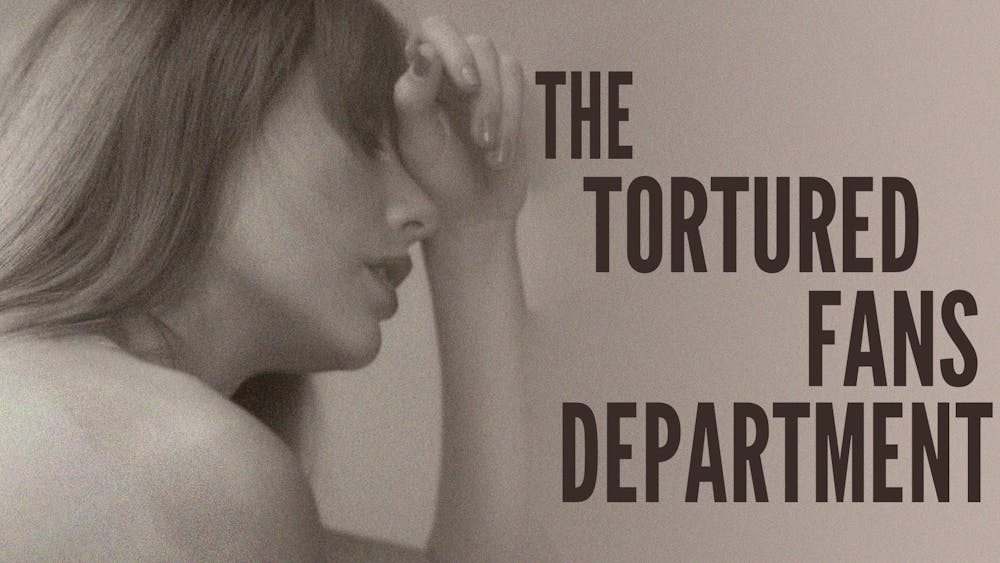Everyone's been anticipating Daniel Radcliffe's first cinematic moment in the spotlight since the conclusion of the "Harry Potter" franchise.

"The Woman in Black" hit theaters nationwide Feb. 3, and Radcliffe's wacting abilities in the new horror-thriller period-piece unfortunately prove to place him in the long list of typecast actors.
Director James Watkins' thriller is based on Susan Hill's 1983 novel of the same name. "Woman in Black" is certainly not as lighthearted or geared to young audiences as the "Harry Potter."
Nonetheless, Radcliffe contributes to the film in the same way he contributes to the character of Harry Potter, with a sense of obligated altruism. One wonders whether this was Watkins' intention or Radcliffe simply fails to act beyond his selfless and earnest role in "Harry Potter."

Radcliffe portrays protagonist Arthur Kipps, an early 1900s British lawyer whose wife Stella (Sophie Stuckey) died during childbirth. Kipps' past only makes his career more difficult.
After facing financial problems from his law firm, he is assigned the task of finalizing the estate of Alice Drablow ¾ one final chance to prove his worth to his employer.
Drablow's estate rests on a marshy island in the creepy North Eastern English village, Crythin Gifford, where children keep mysteriously committing suicide.
Watkins adds an obvious, albeit appropriate, aspect of horror to the movie by locating Drablow's house on an island linked to the mainland village by only a long road covered at high tide.
Kipps must unravel the mystery of the deaths while also finalizing the legal documents of Drablow's estate. The enigma revolves around the title "Woman in Black," Drablow's sister Jennet Humfrye, whose son Nathaniel drowned in the wetlands during a tragic carriage accident.
The lack of realism in "The Woman in Black" diminishes the scare factor and instead merely adds suspense to the majority of the film.
Radcliffe's token altruistic role seems out of place in a setting where most of the other characters warn against his delving too far into the frequent deaths. The villagers insist Kipps leave the town before another death occurs, but he refuses.
Kipps' only reservations about going to Drablow's estate, which has all the visual appearance of a haunted house, appear to stem from his desire to reunite with his four-year-old son Joseph at the end of the week.
Radcliffe's near lack of fear, while appropriate in a role like Harry Potter, instead seems strange and inhumane in "The Woman in Black," and even goes so far as to detract from the horror of watching the thriller.
Watkins' cinematography proves
more effective to incite horror in the audience than Radcliffe's acting, as he creates a natural palette of white, black, tan and gray, but occasionally contrasts it with red blood. Additionally, a philosophical plot twist at the movie's end redeems Radcliffe's inability to act beyond his role.
Overall, Watkins provides a decent scary movie experience, but expect more suspense than horror.












